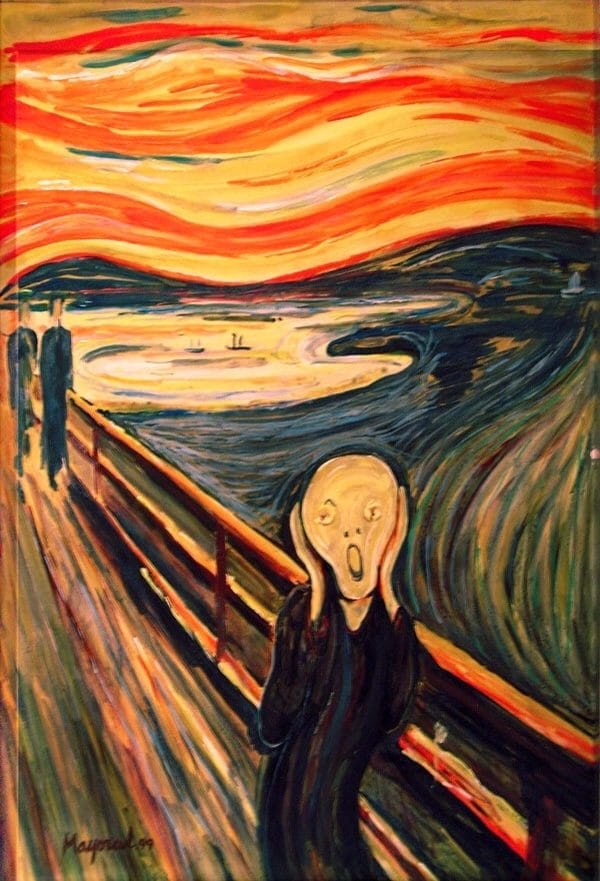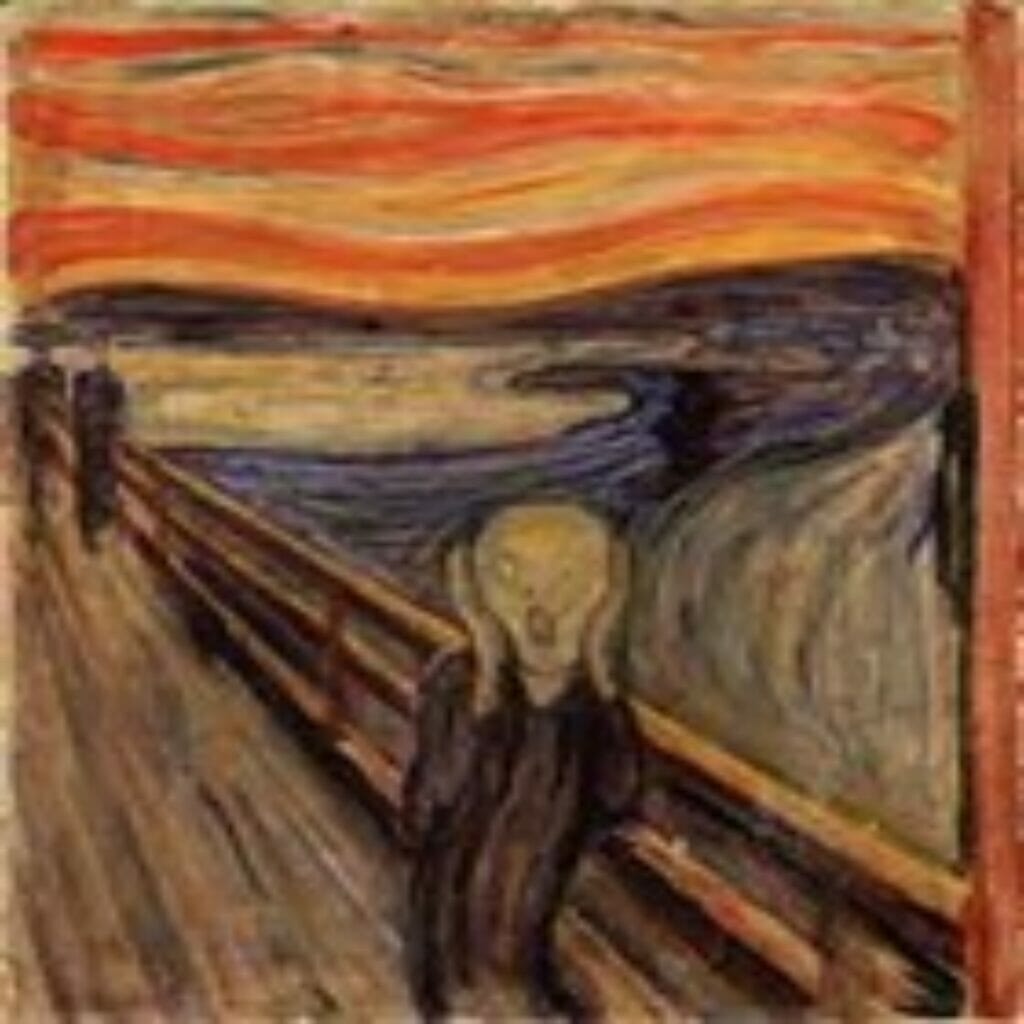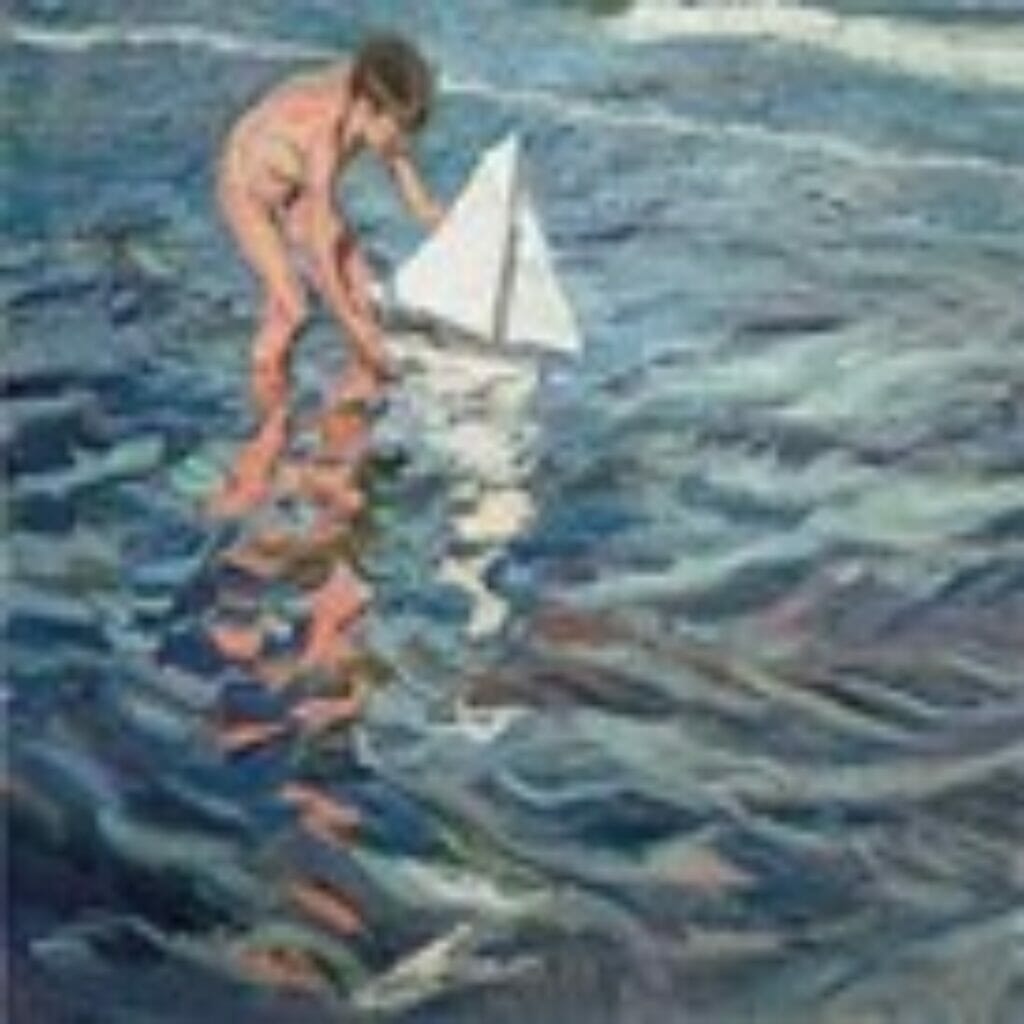
Another edition of the IFSCC World Congress has ended and it has been a wonderful experience, in the fantastic city of Barcelona. The Spanish Society of Cosmetic Chemists (SEQC) has delighted us with impeccable organization, both in scientific and social activities. On this occasion I had the honor of being invited as a Keynote Speaker and I addressed a topic that is very interesting for the future of cosmetic science and above all to innovate in the way we are evaluating cosmetic products, related to sensory inclusion. In this column, I want to share with you the proposal that we have developed for the projection with paintings of skin self-perception, and that was part of my keynote speech during the congress.
How can we evaluate cosmetic products in an innovative way? The answer lies in the implicit evaluation. To begin, we must first understand the differences between explicit and implicit response:
- A cosmetic product can be evaluated in two ways, with an explicit approach or with an implicit approach.
- Explicit evaluation measures conscious parameters and implicit evaluation measures unconscious parameters, basically attention, memory and emotion, as we have seen in previous columns.
- The great opportunity for innovation is to develop new implicit methodologies that allow us to expand the impact of the sensory spectrum of cosmetic products.
For this methodology, we reviewed an extensive bibliography in the field of psychology and perception tests to select six paintings that were representative of universal art and that were related to some of the basic human emotions. James Lange in 1884 presented the first part of his theory on emotions where he recognized the importance of perception in the generation of emotions. We return to this by highlighting that exposure to visual stimuli can generate some of the basic emotions or significantly influence them in their appearance as Ekman does in his study carried out in the 80s (2003), likewise, we understand emotions as an immediate adaptive response to different stimuli (Fernández-Abascal & Jiménez Sánchez, 2010).
On the other hand, we understand subjectivity in the interpretation of these paintings, however, we recognize that particular elements in these works of art can link specific emotions and feelings (Ávila, Reyes, Moreno, & Vilchez, 2018). According to Ekman, an American psychologist recognized as one of the hundred most outstanding of the 20th century (Suárez, 2016), the basic emotions are joy, sadness, anger, fear, disgust and surprise, these being universal, without the level of schooling or culture interfering where the person is (Ekman, 2003; Bourdin, 2016; Leperski, 2017). These are the art works that we have selected to do the self-perception test of the state of the skin.

Fear: The Scream by Edvard Munch. This painting produces anguish and uncertainty given the swirling strokes that unite the sky and the water, separated by the change in color of the brushstrokes (Dahlan, 2014; López, 2010). The author of the work himself states that he felt an internal scream when he created the painting, and it was what he wanted to reflect in it (Miranda & Molina, 2014). Edvard Munch belonged to expressionism that is based on manifesting intimate suffering whose origin is external to the person through the creation of violent and grotesque images, thus in his work he shows how someone observes with discouragement and frustration how the pressures of the environment and the new century they deform it (Raventós-Pons, 2000) (Munch, 2020).
Joy: The little sloop by Joaquín Sorolla. It is a painting that transmits innocence and happiness (Bolaño, 2023). The painter of happiness as stated by Reyero (2023) and even Sorolla himself who stated that “you can only be happy being a painter” (cited by Pons-Sorolla, 2001), in addition to characterizing his paintings by simple but happy moments. This being a characteristic recognized in his works, he convinces us that reality and everyday life are perfect (Rodriguez M., 2023), with light colors and illuminated with the ability to transport us to a state of joy (Naranjo, 2012).


Sadness: The persistence of memory, Salvador Dalí. Among the various things that this painting can convey to us, we find here the tension between what is possible and impossible in life, the conscious and the unconscious, and in short, human duality. This work touches on a key point of human concerns of the 20th century, and it is the time (Rodriguez, Salazar, & Pérez, 2016), as recognized in the work’s file, we show a dream world in which we find soft clocks, this added what was mentioned above reminds us of the transience of our life and the finiteness of time and our existence. This landscape related to desolation, transmits sadness in various interpretations.
Anger: The Great Day of His Anger by John Martin. The work has been used in the management of emotions to evoke anger (Hodge, 2022), taking into account that, in addition, it is part of what was sought to be captured in the painting, rage, anger or revenge of natural or divine origin. (Coutiño, 2023). The danger, violence, cruelty and death that can be read in the work are due to the colors used (Unip, 2020).


Disgust: Saturn Devouring His Son by Francisco de Goya. The emotional response to this work is due to the violent and dehumanizing scenes that are directly interpreted with horror and cruelty (Estrada, 2016), not only because of the scenes themselves, as it shows pleasure and ecstasy in the torture carried out (Museo del Prado), which shows mutilations and even missing parts in the devoured human figure (De Santo, 2012), directly showing and transmitting to the viewer their displeasure and in some way making them feel part of the scene (Naranjo, 2012).
Surprise: The Starry Night by Vincent Van Gogh. We can find here a play of shapes and colors that give the impression of a lake or the night sky, it is said to evoke conflicting religious beliefs and astrology, this since there have been multiple interpretations of it, however, the fusion between reality and fantasy like life and death (Dahlan, 2014). Additionally, it is important to highlight that the author’s psychological and mental stability becomes important, which has been studied on multiple occasions (Abundes-Corona & Corona Vázquez, 2014) (Palacios, Botero, & Vélez, 2018) (Giraldo, 1989). This work opens a window to the mind of the author who wanted to share his particular perception of the world permeated by mental alterations. The mix of the work between landscape, which can convey placidity, and mountains with considerably high peaks that do not cause an impression makes us surprised by the work (Brunés, 2016).


Test designed under psychological supervision:
108 women between 20 and 70 years old participated, all frequent users of cosmetic products, who had to follow the following instructions:
-Look at your face in the mirror for 30 seconds, think about what you like and dislike about your skin.
-Then look at each of the following images
-Now please indicate with which work of art you identify your skin.
In the photograph we see the example of a panelist taking the test.
Analysis of the results:

Sadness 20%

Surprise 33%

Fear 19%

Happiness 21%

Anger 12%

Disgust 3%
- Happiness is the only positive emotion and only 21% of participants associate it with their skin.
- Sadness is associated with their skin by 20% of the panel.
These findings are similar to others we have had doing other perception tests through music.
These results are related to a well-known insight in the cosmetics industry and published by a renowned company, where only 5% of women consider themselves pretty. The cosmetics industry has a great opportunity to develop new implicit methods through art, to capture insights, evaluate product perception and evaluate sensory parameters.
In conclusion we can say that exposure to visual stimuli can generate some of the basic emotions or significantly influence their occurrence. Through art we can be transported to a certain emotion depending on the intentionality of the work and the elements that compose it.

John Jimenéz
John Jiménez is currently Senior Researcher at Belcorp Colombia. He is a Pharmacist (National University of Colombia) with a Master degree in Sustainable Development (EOI Business School, Madrid) and specialization studies in Marketing, Cosmetic Science and Neuromarketing. John has 28 publications in scientific journals and a book chapter in cosmetic formulation.
Maison G de Navarre Prize (IFSCC 2004), Henry Maso Award (IFSCC 2016) and best scientific papers at Colamiqc Ecuador 2009, Colamiqc Brazil 2013 and Farmacosmética Colombia 2014. He has been a speaker at various international conferences in Europe and Latin America and was President of Accytec Bogotá from 2017–2019.



